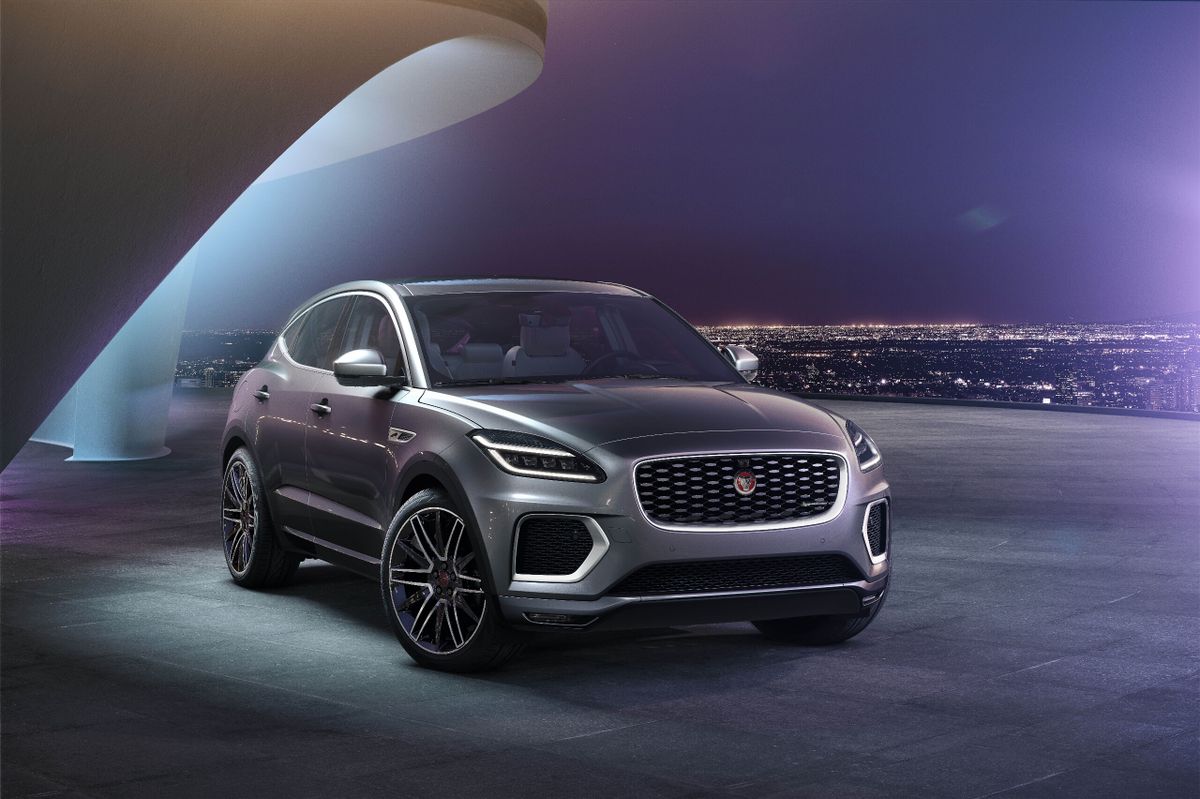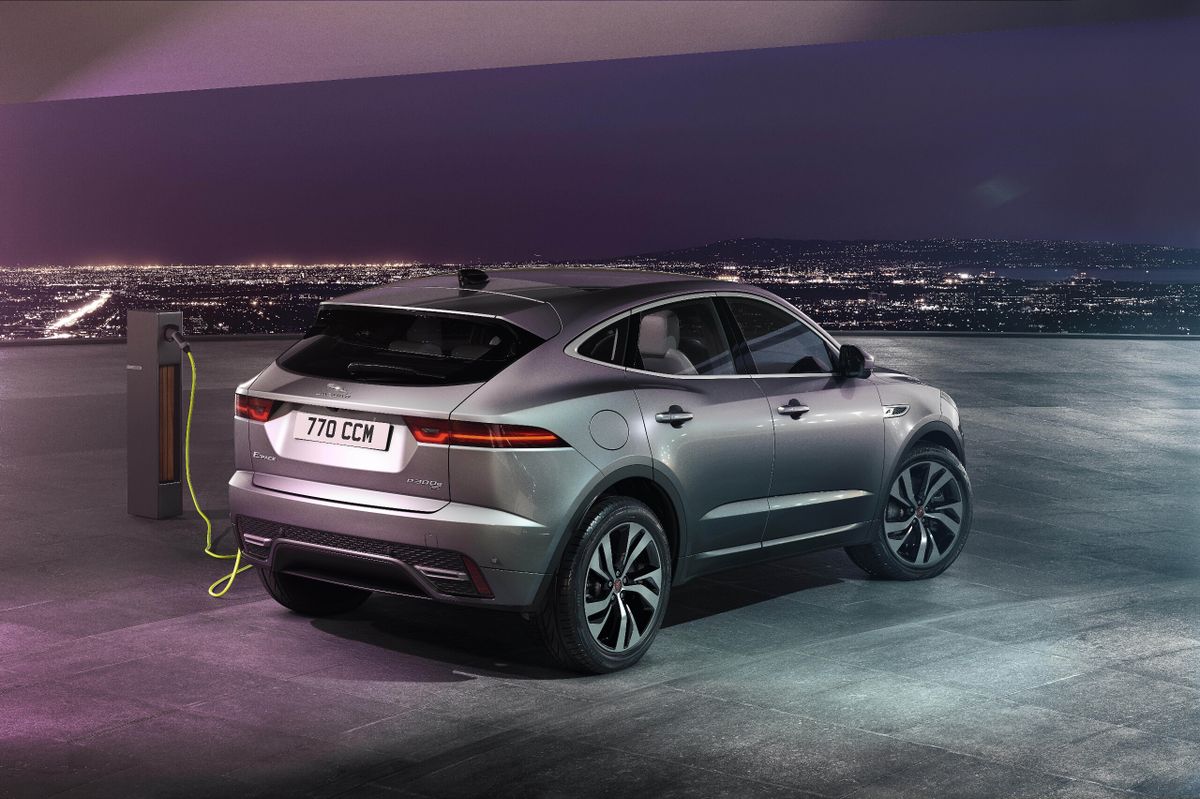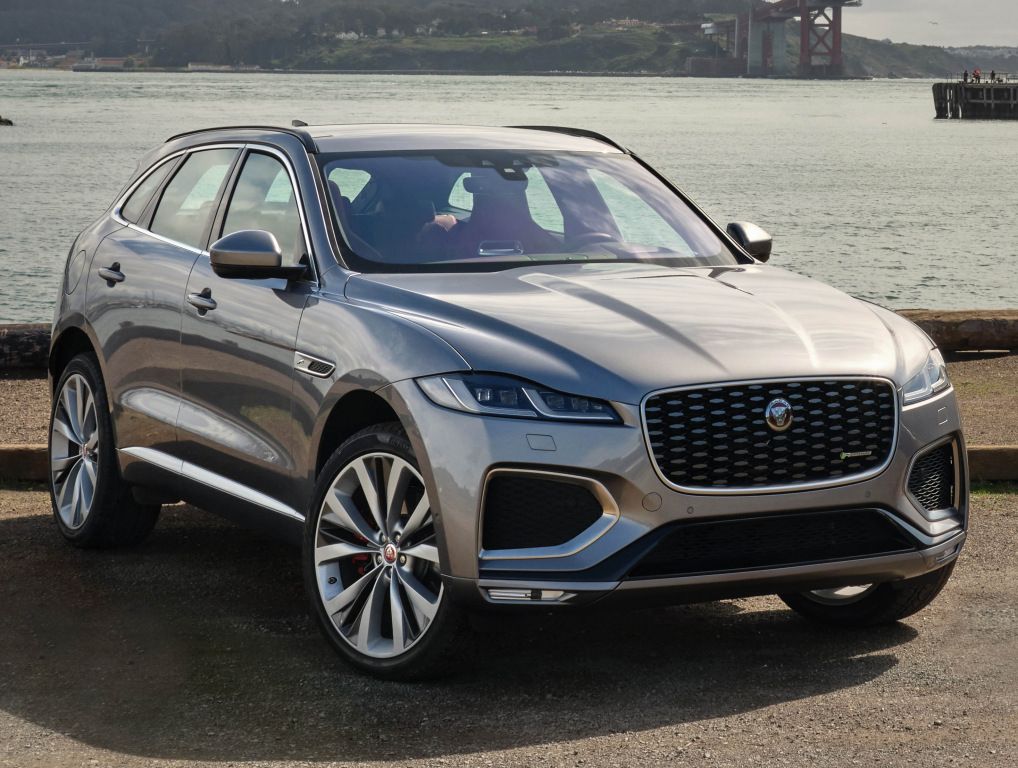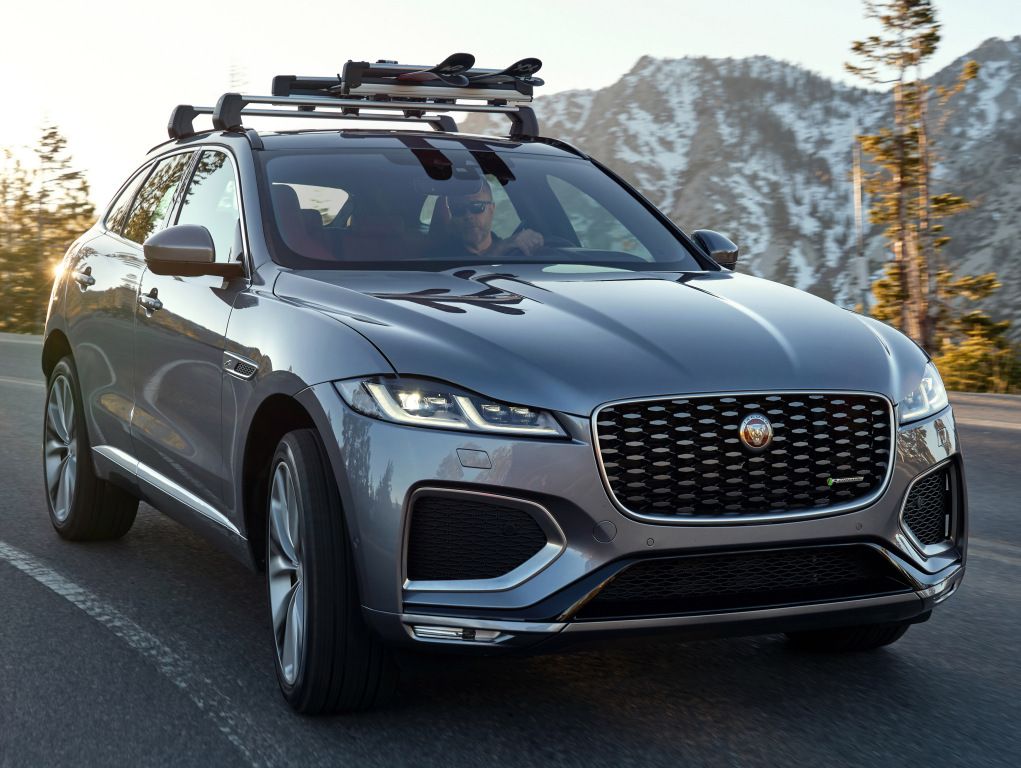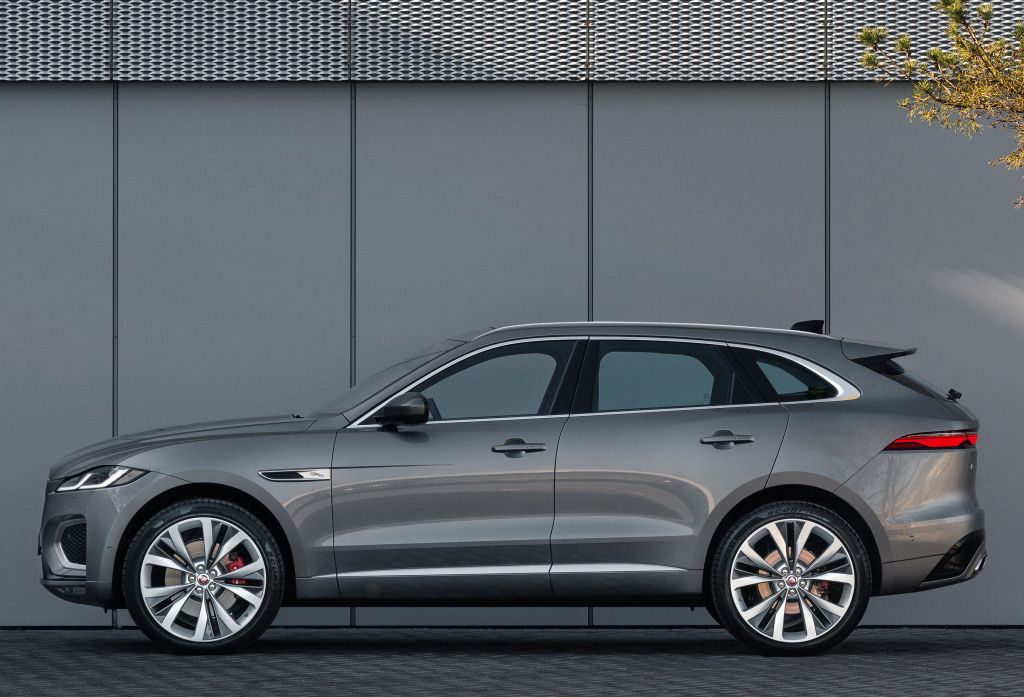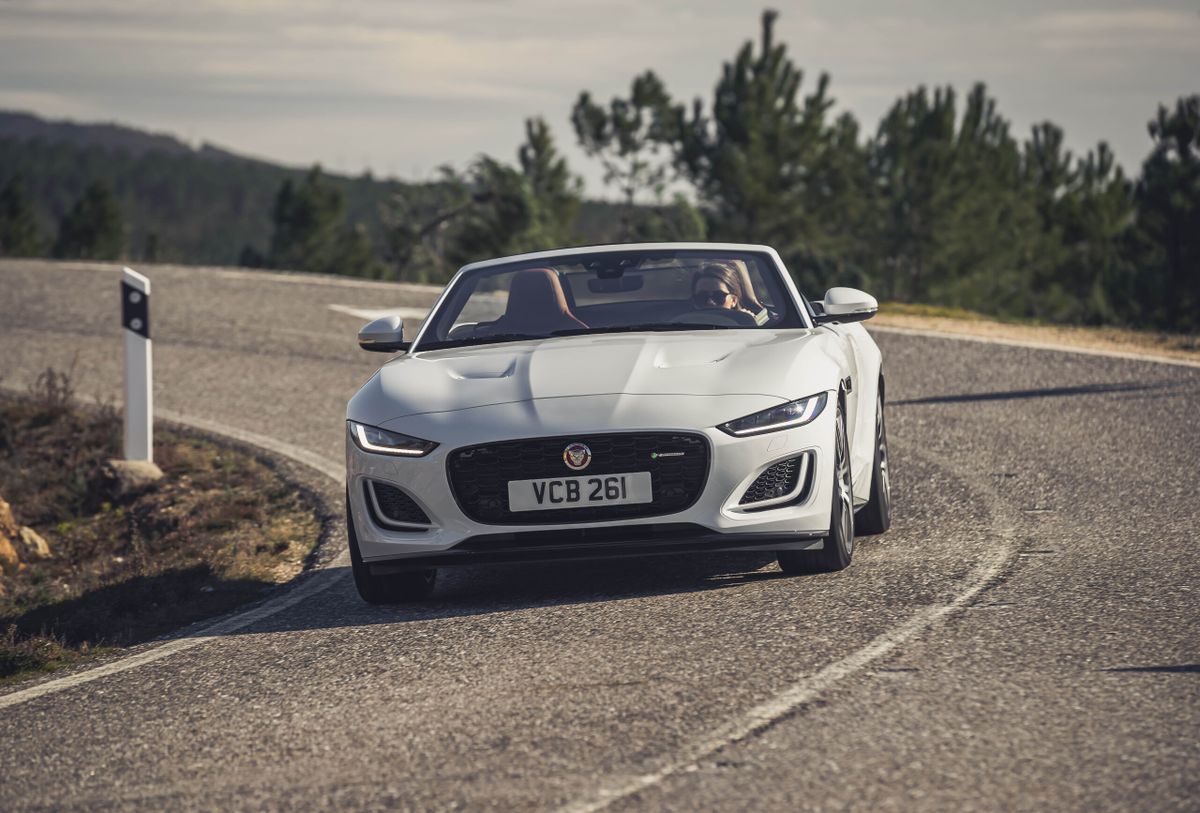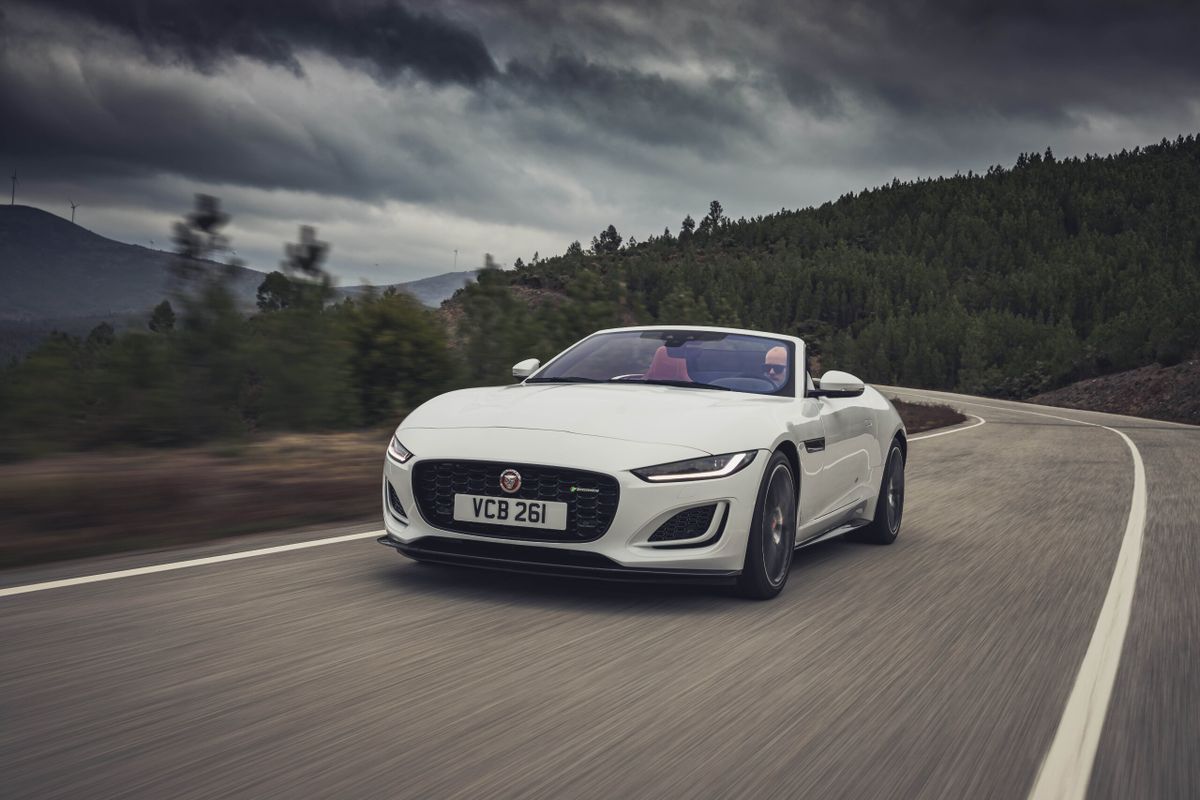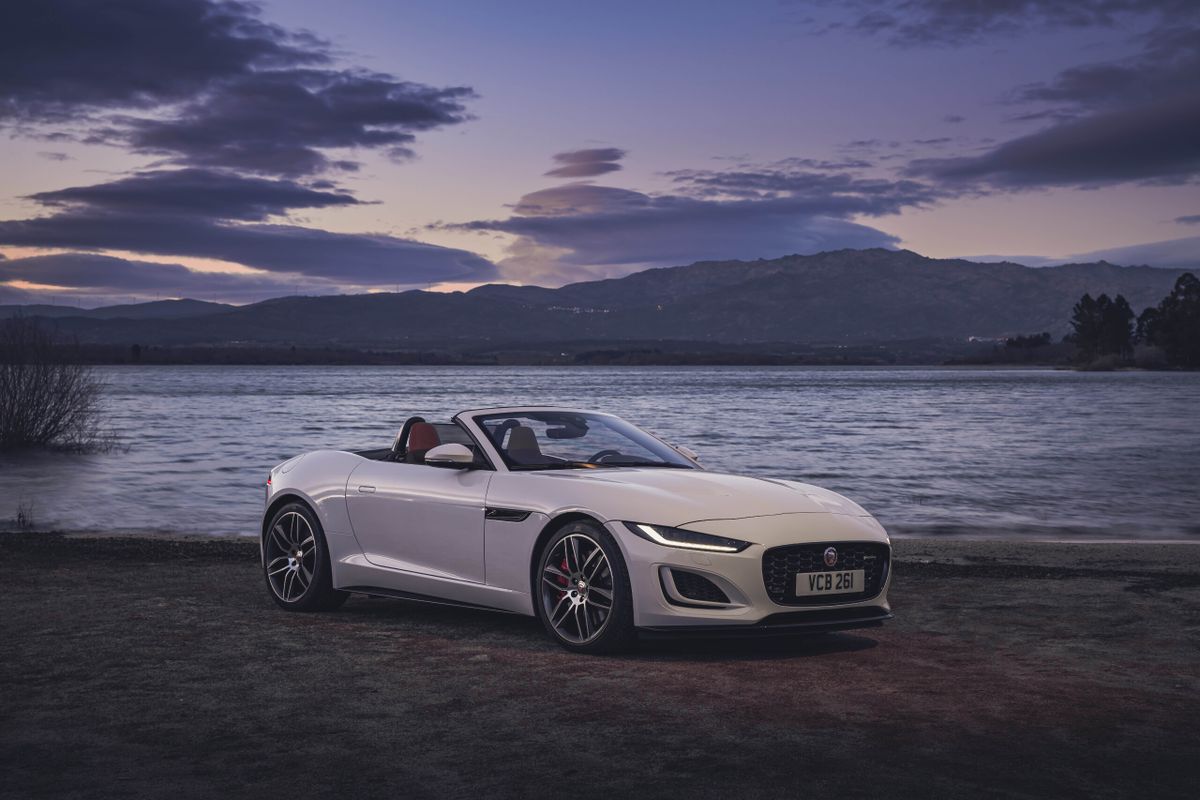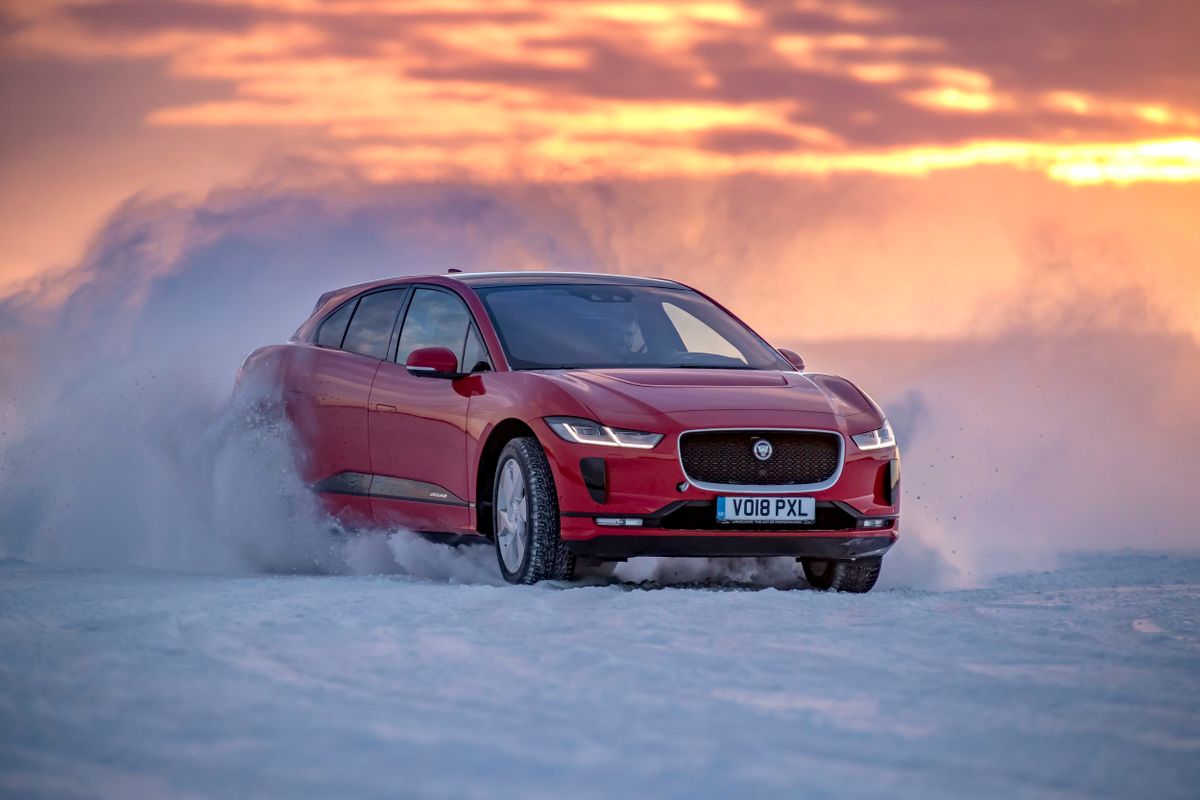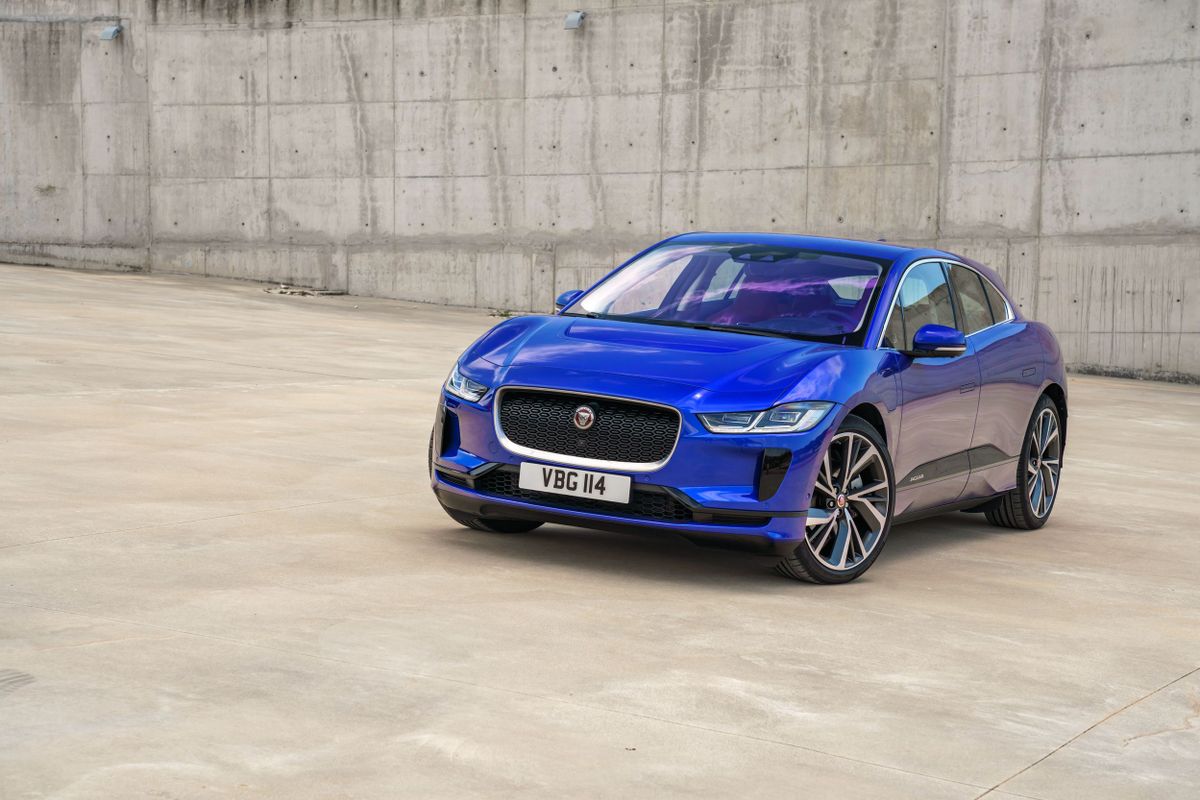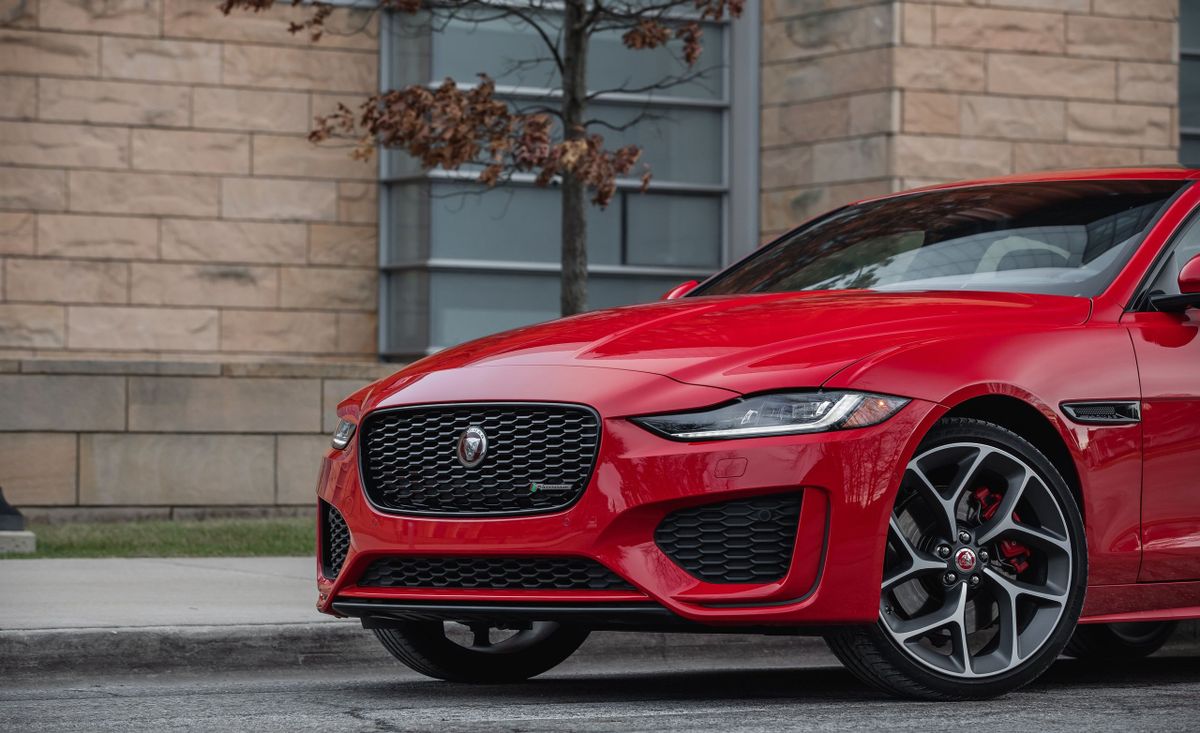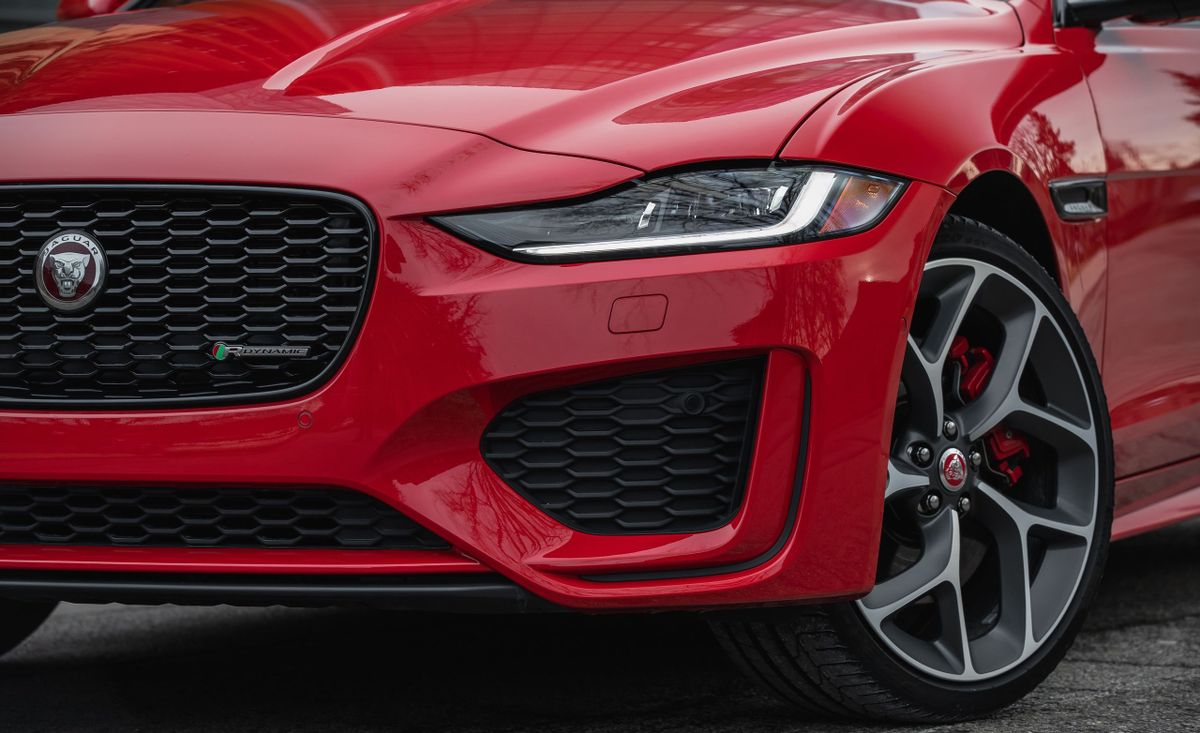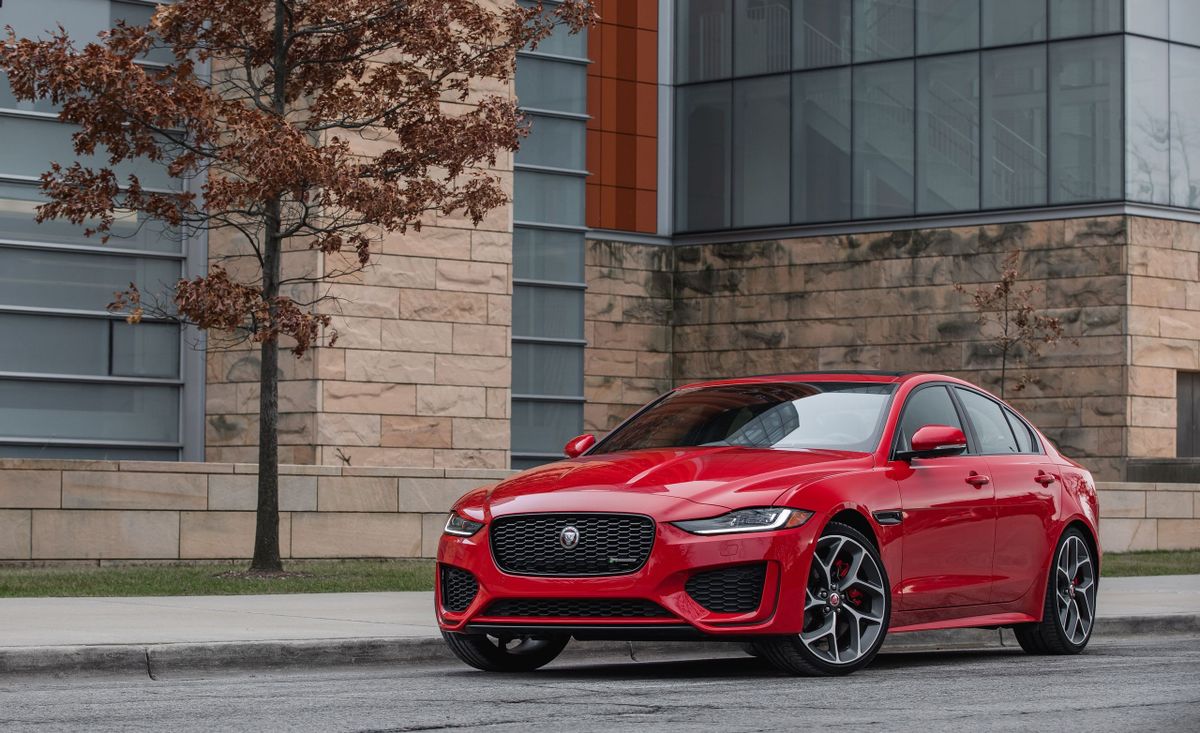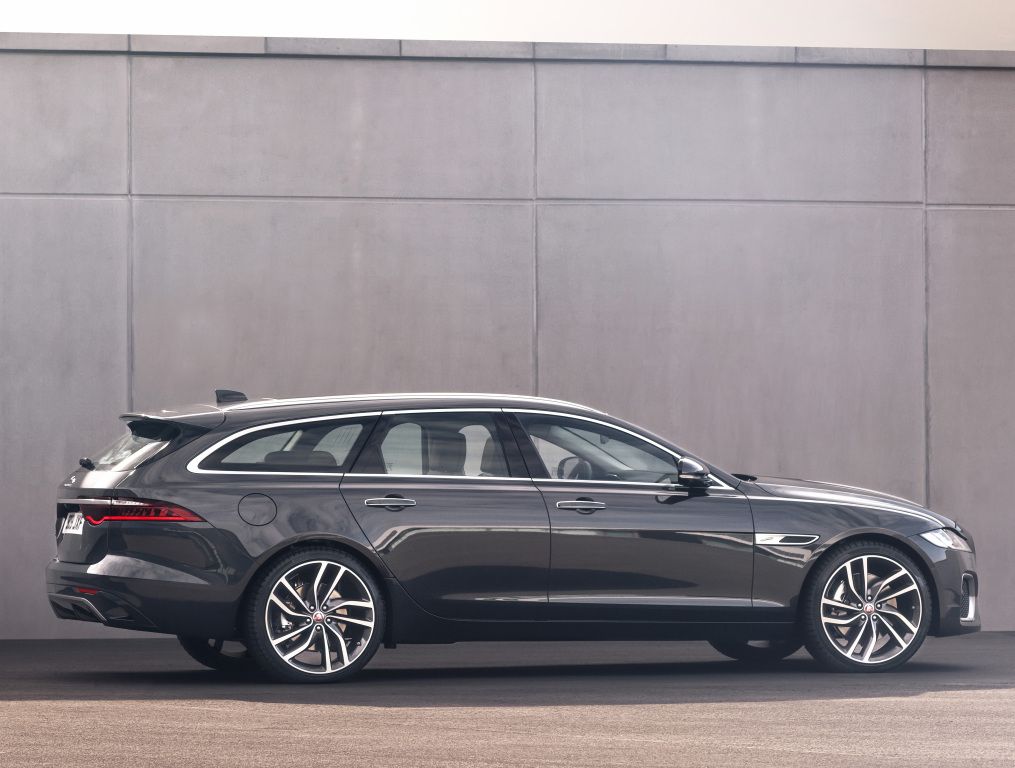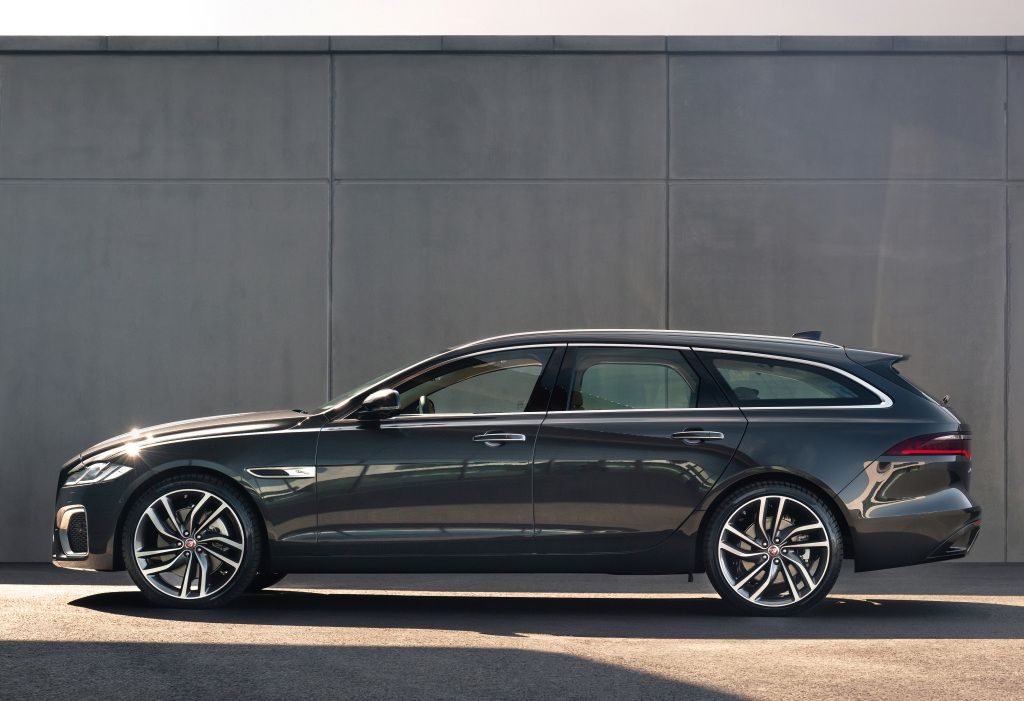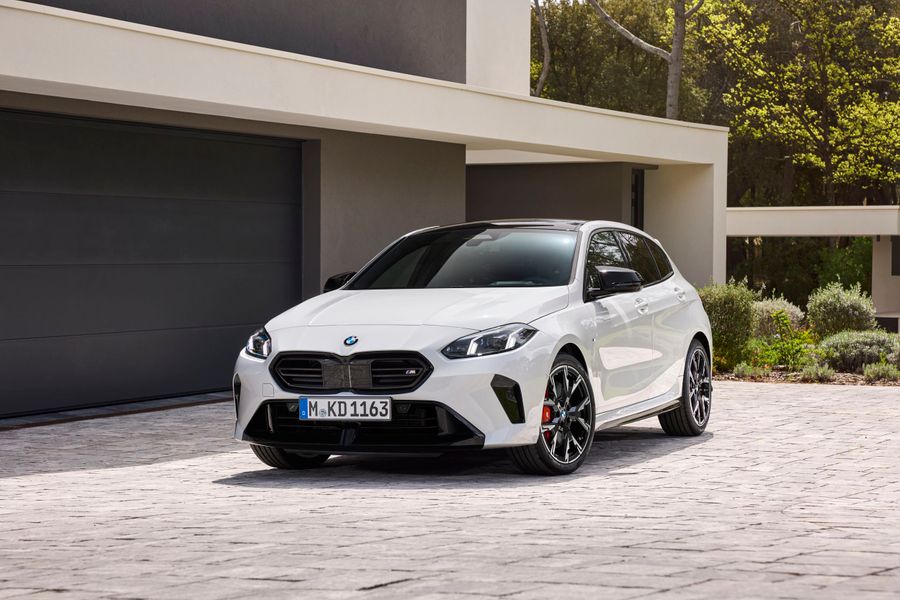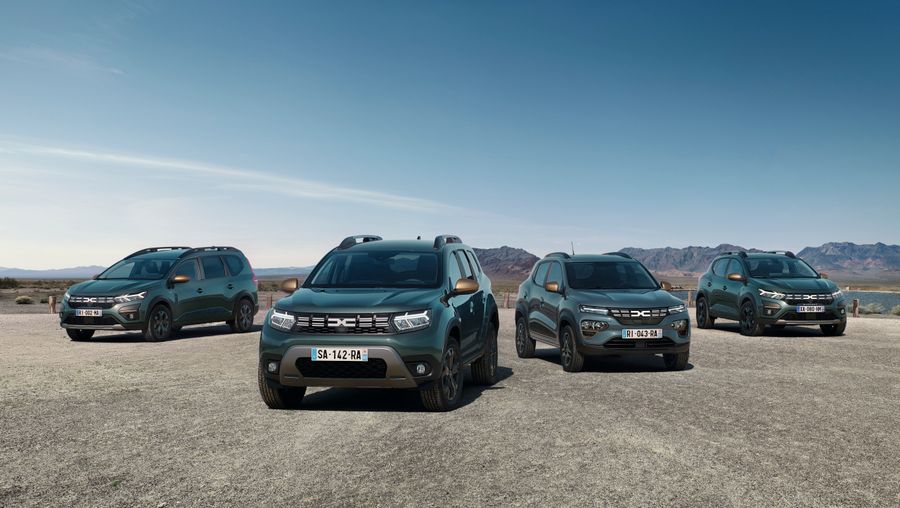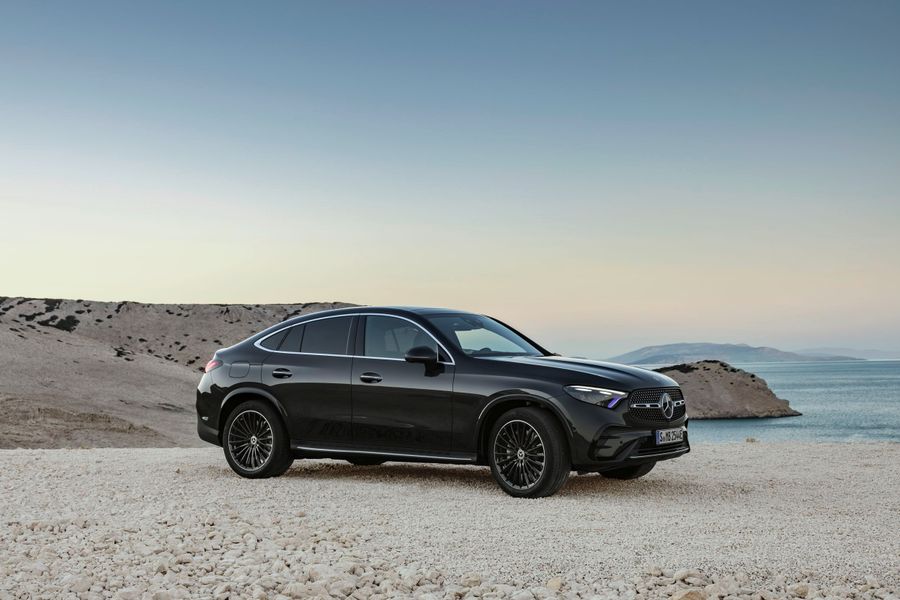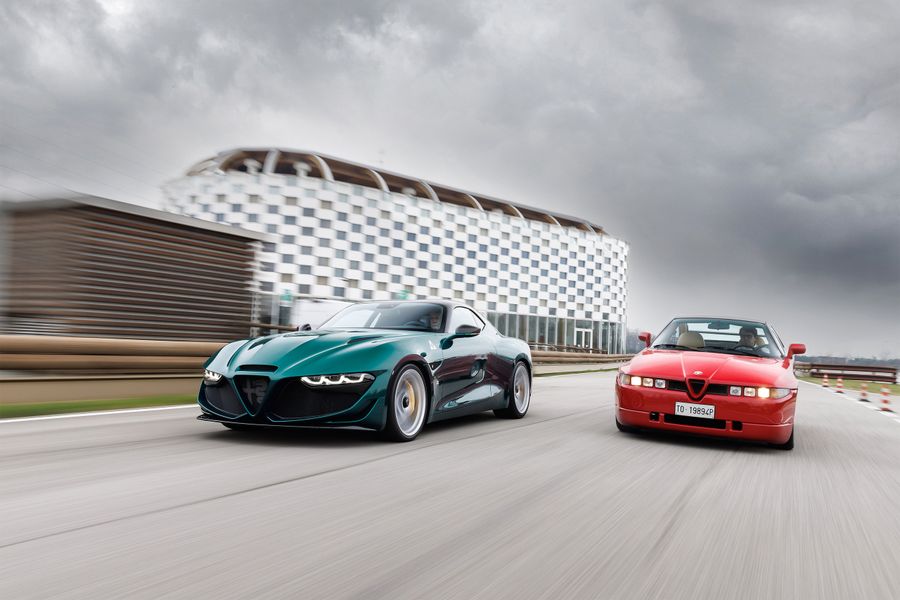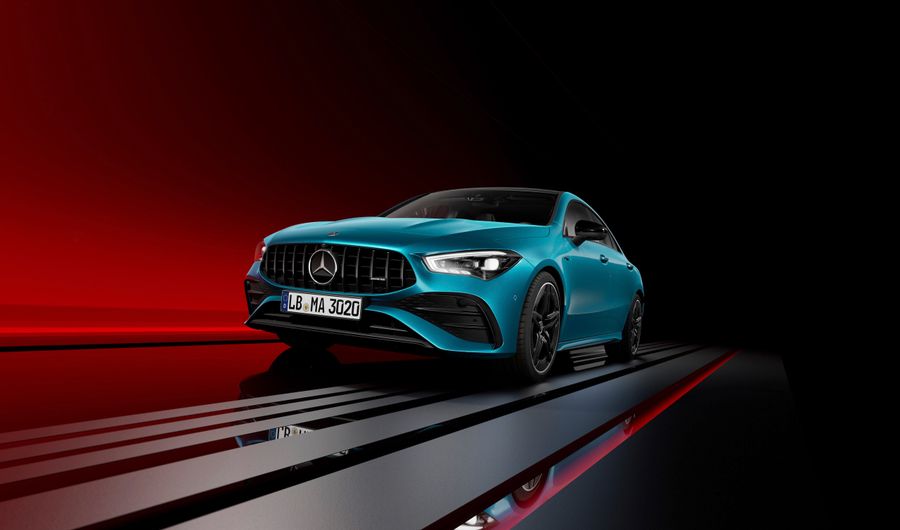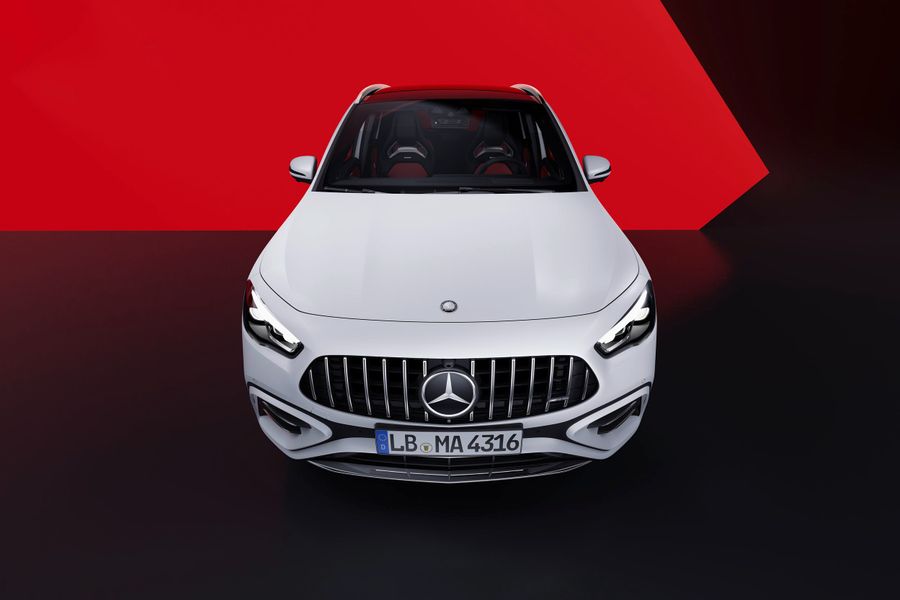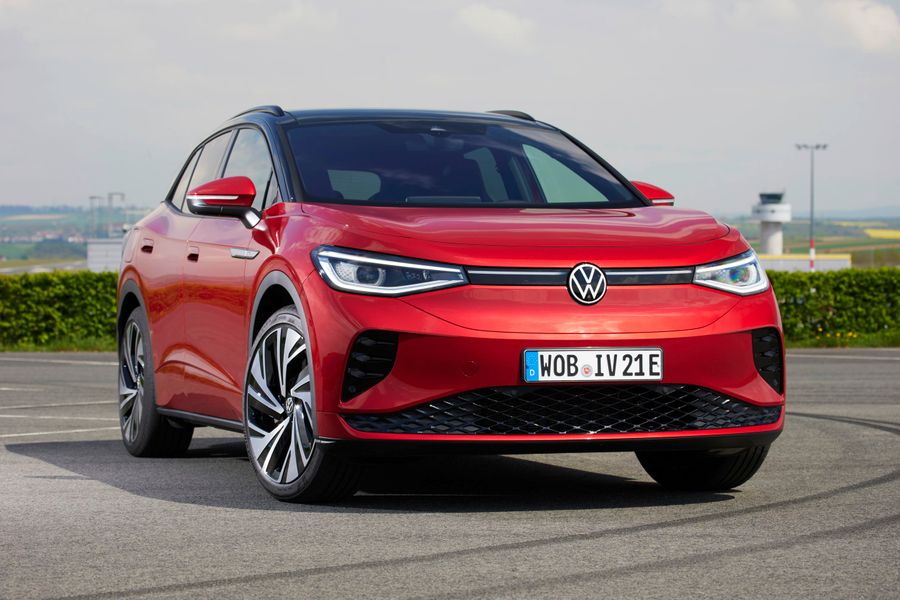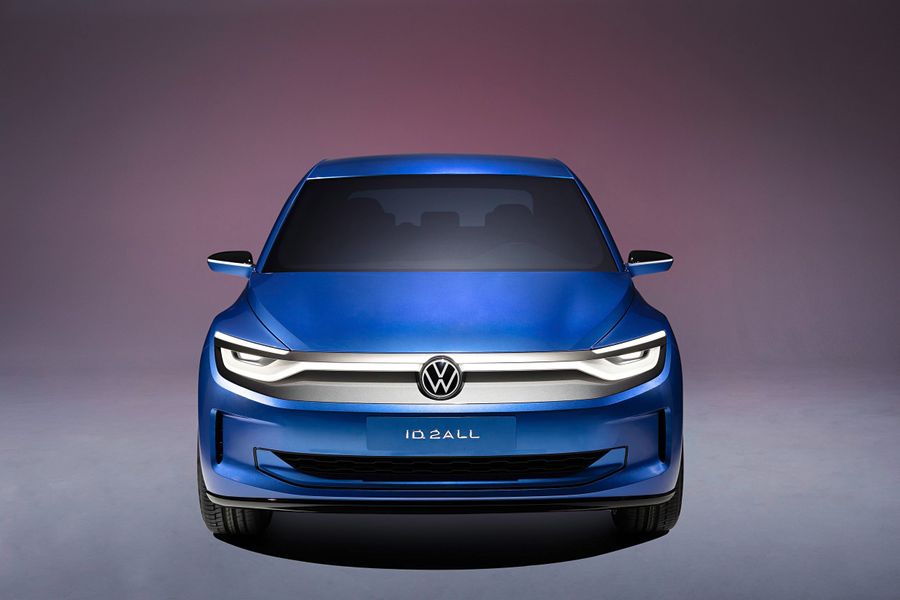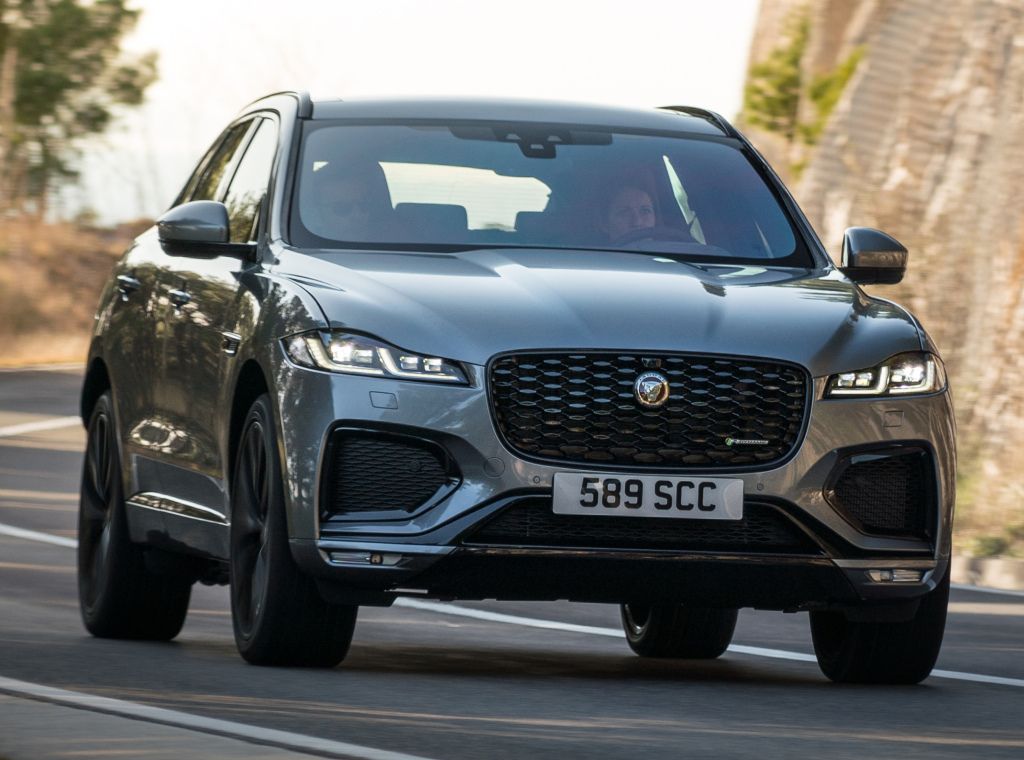
Jaguar. Pursuit of perfection
Jaguar’s story started in 1922. It all started with an idea that formed the basis of this car. Every inch of it should be designed so that the driver can enjoy the trip! Drivability, road performance, adaptive technology - all this is an integral part of every car of this brand. This car resembles to a wildcat. It’s like a freedom-loving living creature, fast but smooth, rapid but graceful, powerful but as airy as a cat… Today’s Jaguar is a brand of international Jaguar Land Rover company controlled by Indian Tata Motors – the world’s largest automotive corporation. It’s the company that owns such popular brands as Jaguar and Land Rover.
‘The car is the closest thing we will ever create to something that is alive’, said Sir William Lyons, founder of Jaguar, also known ever of cars as 'Mr. Jaguar'. He has first used the name of the well-known wildcat in 1935 for the Swallow Sidecar.
Glorious past of a great brand
Jaguar is the great brand established in 1922 with the foundation of the Swallow Sidecar company by two Williams - William Lyons and William Walmsley. And only in 1945, the company was renamed Jaguar Cars. Its famous serial Jaguar XK120 became famous in 1949 as the fastest serial car in the world, which could reach a speed of 212 km/h! And D Type showed already all 270 km/h back in the year of 1954!
1968 was the birth year of the legendary XJ series. Jaguar XJ6 sedan, designed by Sir Lyons, became his longest-lived invention: in the next 24 years, more than 400K cars were sold. In 1975, E Type was replaced by XJ-S, which inherited the sporting spirit of Jaguar in a uniquely luxurious and elegant incarnation. In 1996, the XK8 was presented and shortly became the best-selling sports car ever of Jaguar.
The famous mass-production Jaguar XK120 became famous in 1949 as the fastest serial car in the world, which could reach a speed of 212 km/h! And the Jaguar E-Pace crossover made it to the Guinness Book of World Records for the longest roll among the mass-production cars in the world. The car flew 15 meters, making a 2,70-degree roll.
Already after Jaguar was acquired by Tata Motors, XF super-sedan was introduced with a classic Jaguar combination of power, comfort, and perfect drivability. In 2012, the premiere of Jaguar’s most athletic car in 50 years - F TYPE. With a 5-L V8 engine rated at 495 high performance. This convertible can reach a maximum speed of 300 km/h. It only takes 3.7 seconds to accelerate to a hundred 100 km/h from a full stop!
Jaguar cars are not just fast and beautiful. They have excellent road performance. For many years, Jaguar took part in the most prestigious races worldwide to prove it. And its victories are truly impressive! In the 24-hour race in Le Mans, Jaguar was first at the finish 7 times. With Jaguar’s state-of-the-art R Performance line, we can see that the racing heritage is still alive. And the Jaguar E-Pace crossover made it to the Guinness Book of World Records for the longest roll of production cars in the world. The car flew 15 meters, making a 2,70-degree roll. During the jump, the driver experienced an overload of 5.5 g.
Revolutionary technologies
Jaguar Land Rover are designed using the latest design methods. The company has invested a lot in design and development of new technologies, with £3.1B spent between 2014 and 2015 alone. Jaguar takes its high technology from the aerospace industry and Formula One racing technology, with D-Type and E-Type cars being the first examples of aerodynamic design. And the disc brakes for the 24-hour Le Mans racing became the secret weapon that allowed the Jaguar to win.
This is no way the entire list of the technological breakthroughs that Jaguar has made in its history. The aluminum bodywork was used on the first Jaguar XK 120. V12 engines were installed for the first time on production Jaguar models. The newest and the most powerful engine in the Jaguar range was first installed on E-Type in 1971. In virtue of its aluminum chassis, the 2002 Jaguar XJ was 40% lighter and 60% stronger than its predecessor. Then comes Limo-Green, the newest Jaguar concept car based on the Ax J with a hybrid drive and engine to increase power reserve.
The company has invested a lot in design and development of new technologies, with £3.1B spent between 2014 and 2015 alone.
Jaguar has not only a great past, but also an incredible future! The new aluminum platform allows the installation of an advanced chassis system and larger fuel tanks without burdening Jaguar cars with excess weight. The first vehicle to feature an innovative architecture that contains more aluminum elements than any other competitor model is the Jaguar XE, a premium sedan, the first in this segment to feature a solid aluminum bodywork.
Jaguar uses intuitive and technologies in its latest models should be given a special prize! Pressing the engine start button from the standard center console gently raises the gearshift in the palm of your hand, like it greets the driver. What do you think about the self-levelling suspension? And the smart high-beam control system? The Jaguar aims to make a car so intuitive that it becomes one with the driver.
For Jaguar driver, there is no sharp turning. The incredible smoothness of driving is partly a result of the adaptive suspension. It continuously monitors speed, steering the car, and adjusts suspension at 500 times per second. And what’s about the brake system? Jaguar’s carbon-ceramic brakes for motorsports are probably the most powerful braking system ever developed in a Jaguar car. It provides increased grip and confident road feedback, making you think of the car as a living being.
Each transmission undergoes a 12-week continuous bench test, simulating a 10-year cycle with 240,000 km run. Jaguar testers check the car behavior at both -40ºC and +50ºC. They put them in a rainstorm with 6000-L of water poured onto the car. Afterward, they send the cars off to go 8,000 kilometres along the Nürburgring North Loop in Germany.
Jaguar invests £13M a year in Computer-Aided Engineering (CAE) in terms of both software and hardware, making a car faster and more accurate. Many kilometres of virtual and field testing allow all sorts of inaccuracies to be traced even before a production car is assembled and built. Each transmission undergoes a 12-week continuous bench test, simulating a 10-year cycle with 240,000 km run. Jaguar test engineers check the car behavior at both -40ºC and +50ºC. They put them in a rainstorm with 6000-L of water poured onto the car. Afterward, they send the cars off to go 8,000 kilometres along the Nürburgring North Loop in Germany. All this is necessary to make sure that all systems and features are operable in real-world conditions and give way on the development.
That’s why, once the Jaguar car is built, the crankshaft of its Ingenium engine has a tolerance of at most 0.003 mm that really impresses with fuel consumption as low as 4.2L/100km and a CO2 emission of just 109 g/km. That is why Jaguar manufactures cars for the British Prime Minister, Queen Elizabeth IT, and Prince Charles. The Jaguar brand is continuous improvement in the pursuit of even greater power, efficiency, and precision in every part.


